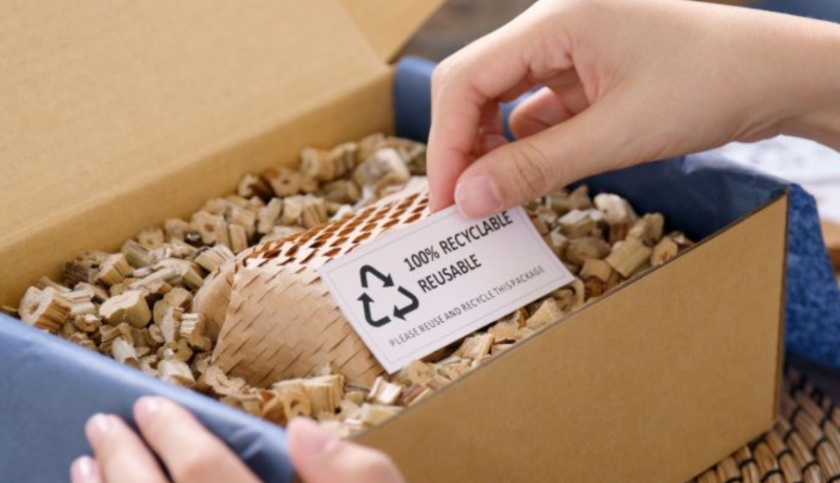The Federal Trade Commission (FTC) has updated its guidelines governing the use of eco-friendly terminology in marketing and advertising. On Monday, the FTC revealed its revised “Green Guide,” (PDF) which holds companies accountable for the environmental claims they make about products.
The revision addresses a number of changes, both in technology and marketing, since the last update in 1998. Since then, the eco-friendly market has become a multibillion-dollar business touching multiple industries including retail, automotive, printing and promotional products. The new guidelines are aimed at preventing untrue or misleading claims, a process known as “greenwashing.”
“Very few products, if any, have all the attributes consumers seem to perceive from such claims, making these claims nearly impossible to substantiate,” the commission said in a statement.
The Green Guide was originally drafted in 1992, and the green market has rapidly expanded in that time. The latest version of the guide now addresses new terminology such as “carbon offset,” claims about biodegradability, assertions of partially-recycled content, and distinguishing the labeling of eco-friendly items.
“Unless it is clear from the context, an environmental marketing claim should specify whether it refers to the product, the product’s packaging, a service, or just to a portion of the product, package, or service,” the guide states. “In general, if the environmental attribute applies to all but minor, incidental components of a product or package, the marketer need not qualify the claim to identify that fact. However, there may be exceptions to this general principle. For example, if a marketer makes an unqualified recyclable claim, and the presence of the incidental component significantly limits the ability to recycle the product, the claim would be deceptive.”
Certifications and seals bearing environmental claims are also subject to the guidelines. Marketers will be held responsible for the claims of any seals placed on their products, even if those seals are given by third-party organizations, and must also disclose any relationships with the certifiers. The commission recommends marketers only display seals with explicit, clear language stating exactly what the certification covers.
While the Green Guide addresses a number of common industry terms, it does not offer guidelines regarding popular phases such as “sustainable,” “natural” and “organic.” The FTC said that it cannot substantiate the claims for “sustainable” and “natural,” since the terms can have multiple meanings depending on context. Use of the term “organic” in labeling is regulated by the Department of Agriculture.
Part of the commission’s decision to update the guide has to do with confusing and misleading claims which the average consumer could misinterpret. “An environmental marketing claim should not overstate, directly or by implication, an environmental attribute or benefit. Marketers should not state or imply environmental benefits if the benefits are negligible,” the commissions said.
The commission noted that the guidelines in the Green Guide are not laws, and that they “do not preempt federal, state, or local laws. Compliance with those laws, however, will not necessarily preclude Commission law enforcement action under the FTC Act.”
Even so, Christopher A. Cole, a partner in the advertising and marketing practice at the law firm Manatt, Phelps & Phillips, told the New York Times that marketers should still take the guide seriously.”Every marketer ought to be looking at them carefully,” Cole said. “These are not laws, but they are guidance. You ignore them at your peril.” He added that the commission, which enforces truth in advertising laws, will use the Green Guide as a source when addressing environmental claims.
The FTC’s Green Guide update comes at a time when interest in the market is at a tipping point. Last week, Advertising Age published an article discussing a shift in public opinion of green products. According to a survey by researchers GfK, the number of consumers willing to pay more for eco-friendly products dropped five to 12 percent, depending on product category. The researchers place this decrease on the exaggerated marketing claims of green products over the years. “You have this kind of heightened distrust,” said Diane Crispell, consulting director at GfK. “Consumers have become hypercritical.”



